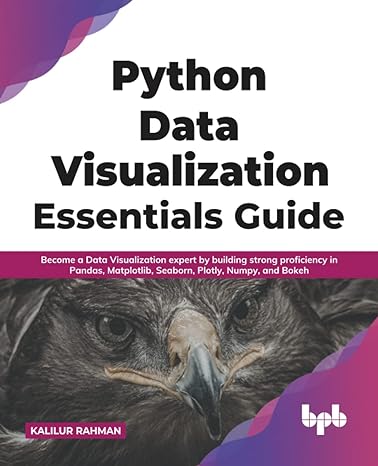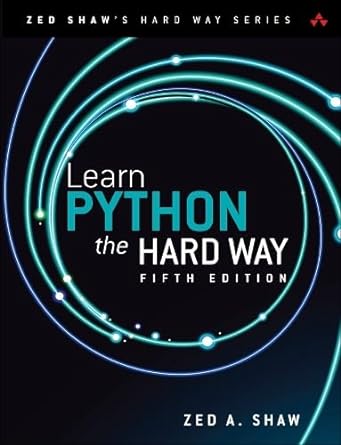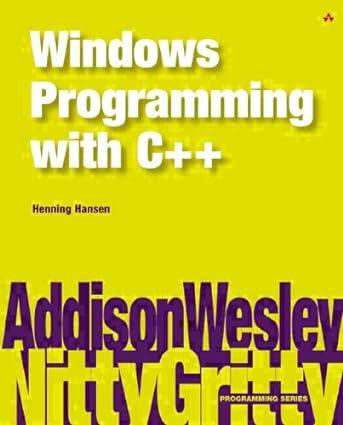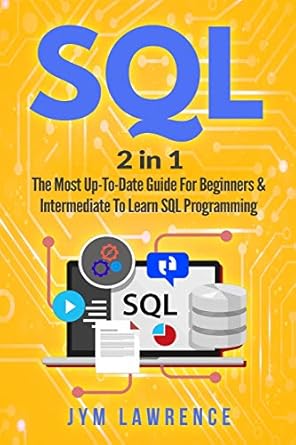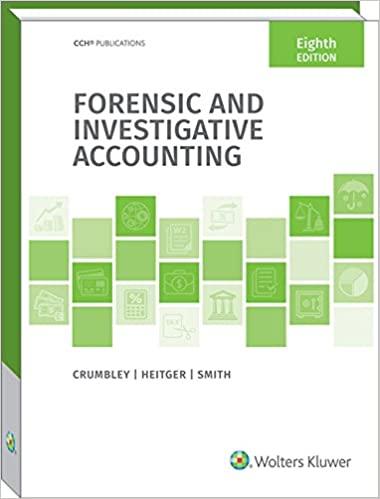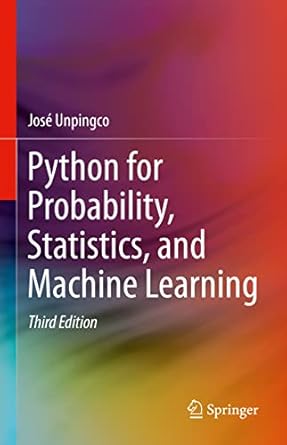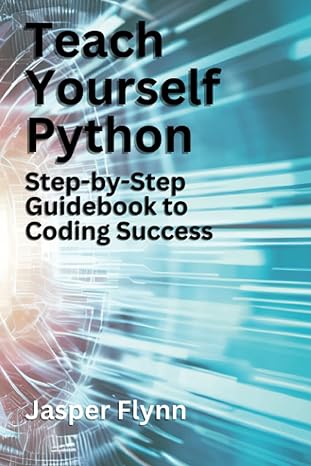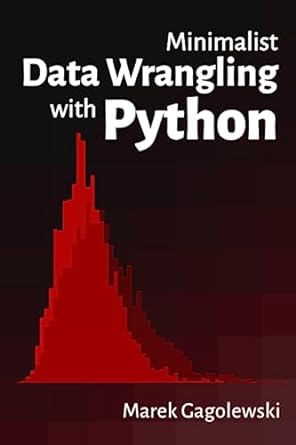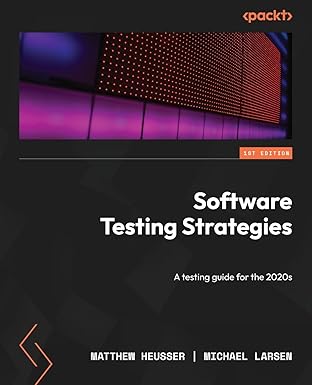Python For Probability Statistics And Machine Learning(3rd Edition)
Authors:
Jose Unpingco
Type:Hardcover/ PaperBack / Loose Leaf
Condition: Used/New
In Stock: 2 Left
Shipment time
Expected shipping within 2 - 3 DaysPopular items with books
Access to 35 Million+ Textbooks solutions
Free ✝
Ask Unlimited Questions from expert
AI-Powered Answers
30 Min Free Tutoring Session
✝ 7 days-trial
Total Price:
$63.29
List Price: $90.42
Savings: $27.13
(30%)
Solution Manual Includes
Access to 30 Million+ solutions
Ask 50 Questions from expert
AI-Powered Answers
24/7 Tutor Help
Detailed solutions for Python For Probability Statistics And Machine Learning
Price:
$9.99
/month
Book details
ISBN: 3031046501, 978-3031046506
Book publisher: Springer
Offer Just for You!:
Buy 2 books before the end of January and enter our lucky draw.
Book Price $63.29 : Using a novel integration of mathematics and Python codes, this book illustrates the fundamental concepts that link probability, statistics, and machine learning, so that the reader can not only employ statistical and machine learning models using modern Python modules, but also understand their relative strengths and weaknesses. To clearly connect theoretical concepts to practical implementations, the author provides many worked-out examples along with "Programming Tips" that encourage the reader to write quality Python code. The entire text, including all the figures and numerical results, is reproducible using the Python codes provided, thus enabling readers to follow along by experimenting with the same code on their own computers. Modern Python modules like Pandas, Sympy, Scikit-learn, Statsmodels, Scipy, Xarray, Tensorflow, and Keras are used to implement and visualize important machine learning concepts like the bias/variance trade-off, cross-validation, interpretability, and regularization. Many abstract mathematical ideas, such as modes of convergence in probability, are explained and illustrated with concrete numerical examples. This book is suitable for anyone with undergraduate-level experience with probability, statistics, or machine learning and with rudimentary knowledge of Python programming.
Customers also bought these books
Popular Among Students
Customer Reviews
Trusted feedback from verified buyers
CJ
Delivery was considerably fast, and the book I received was in a good condition.







